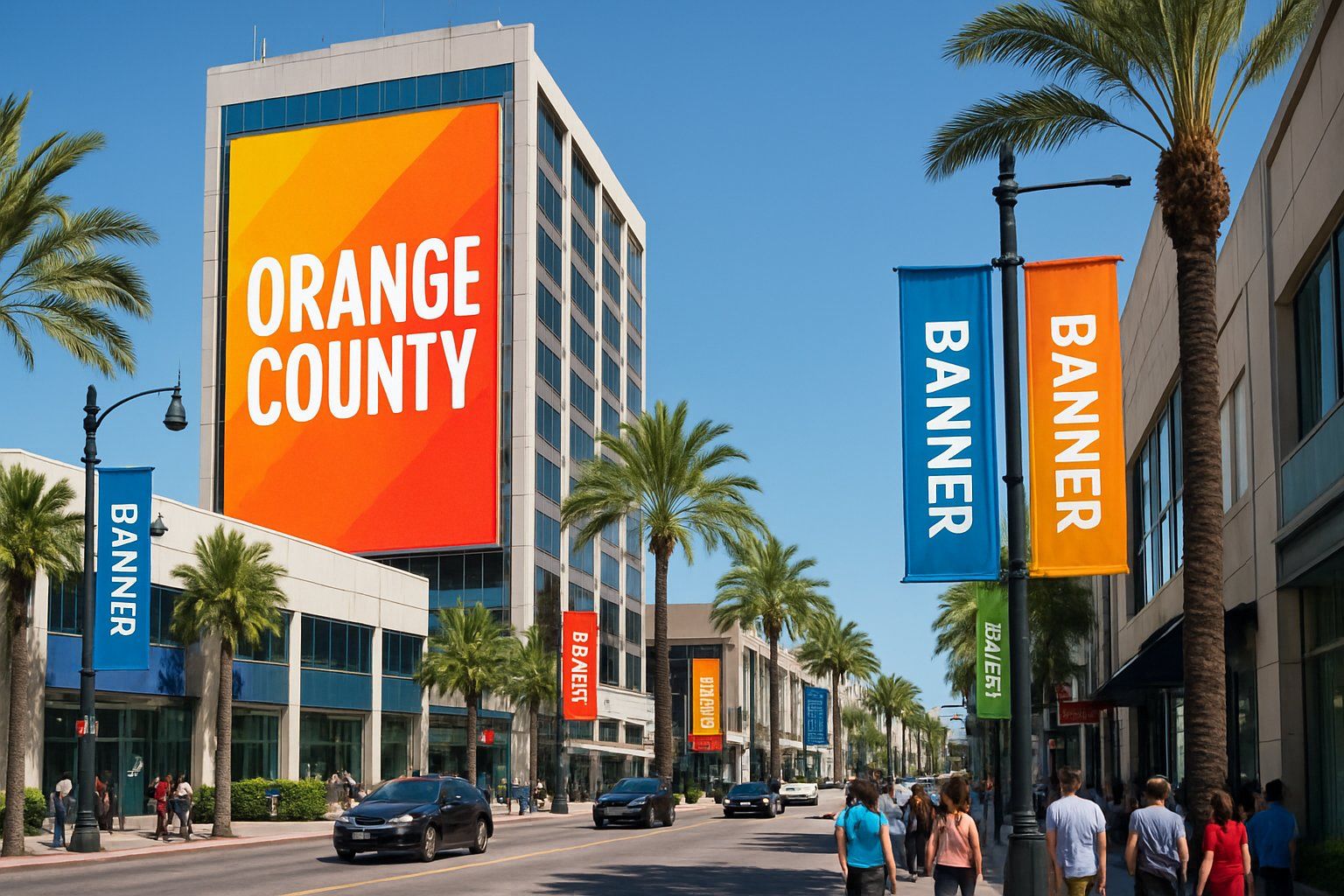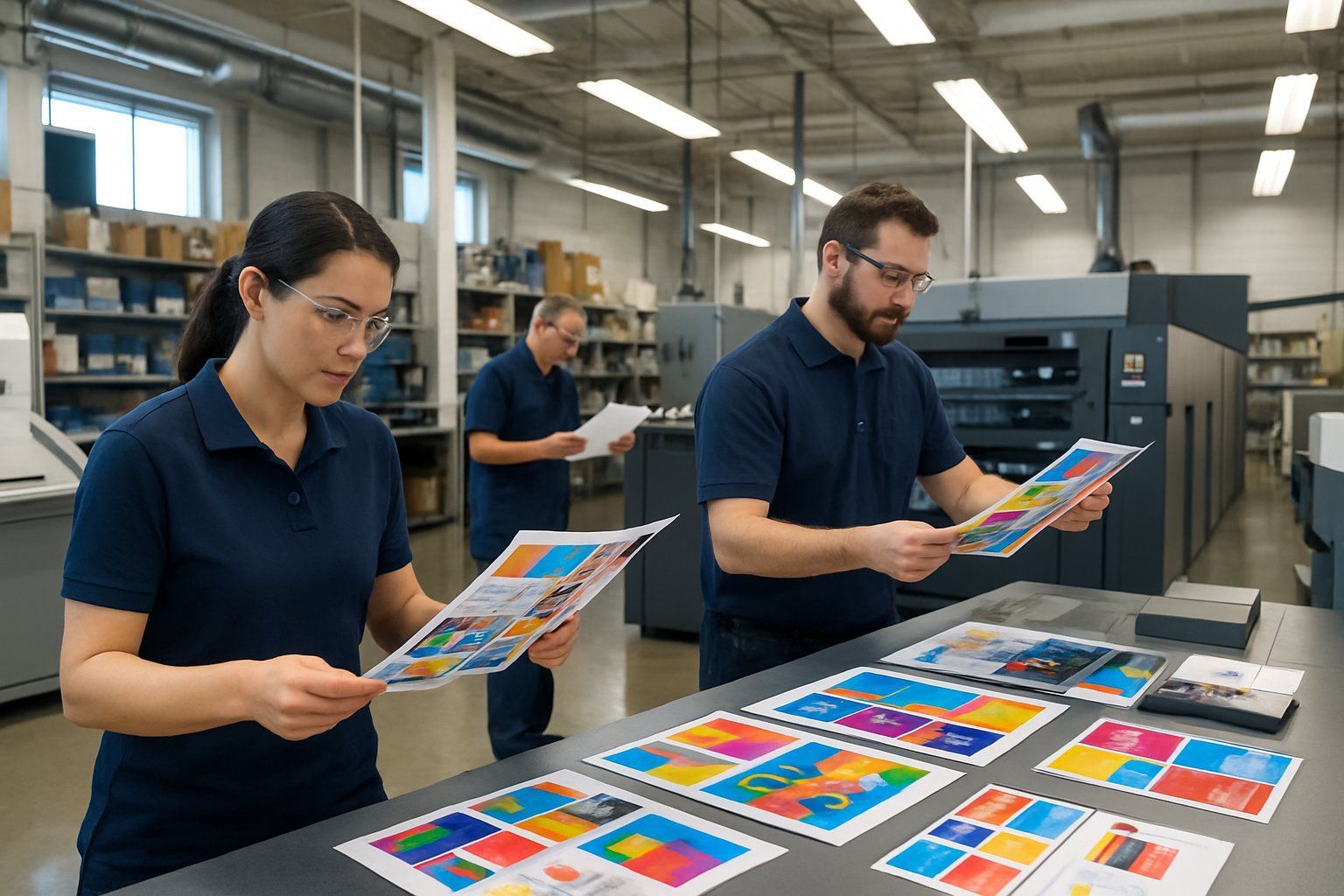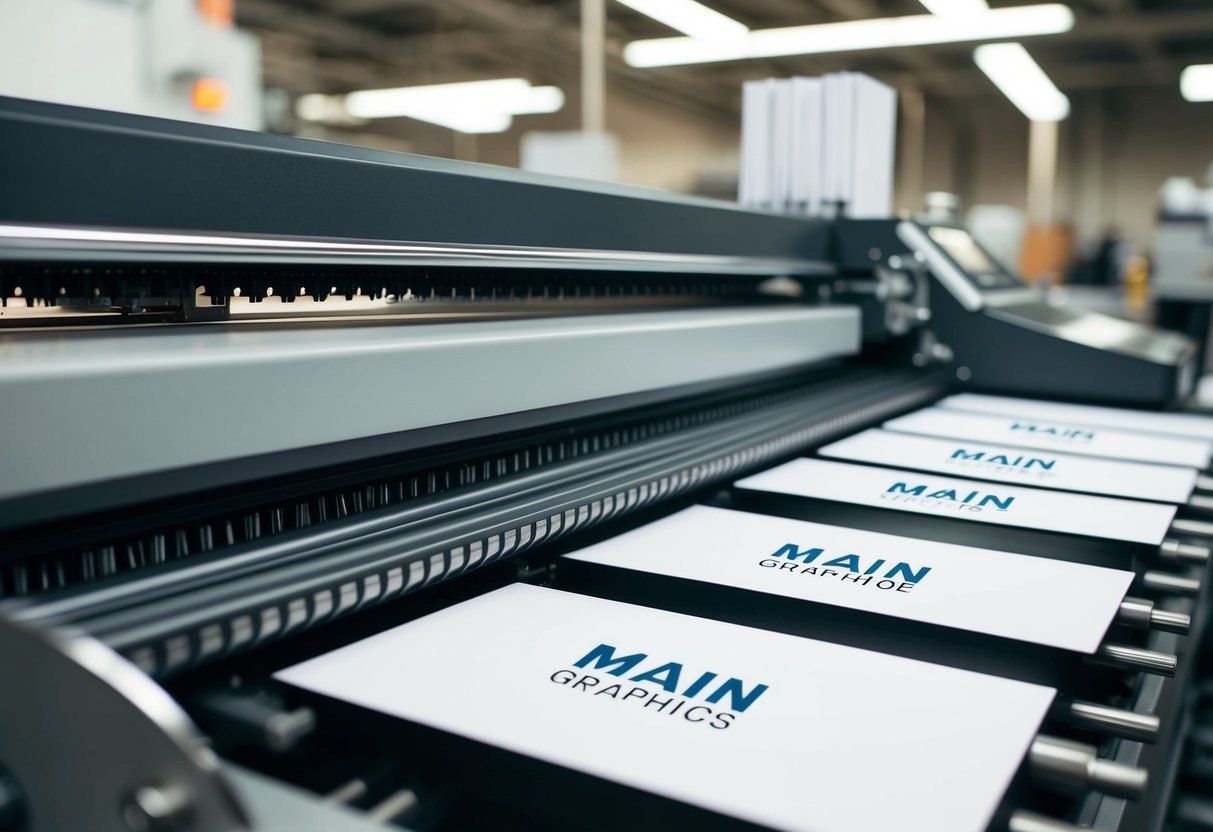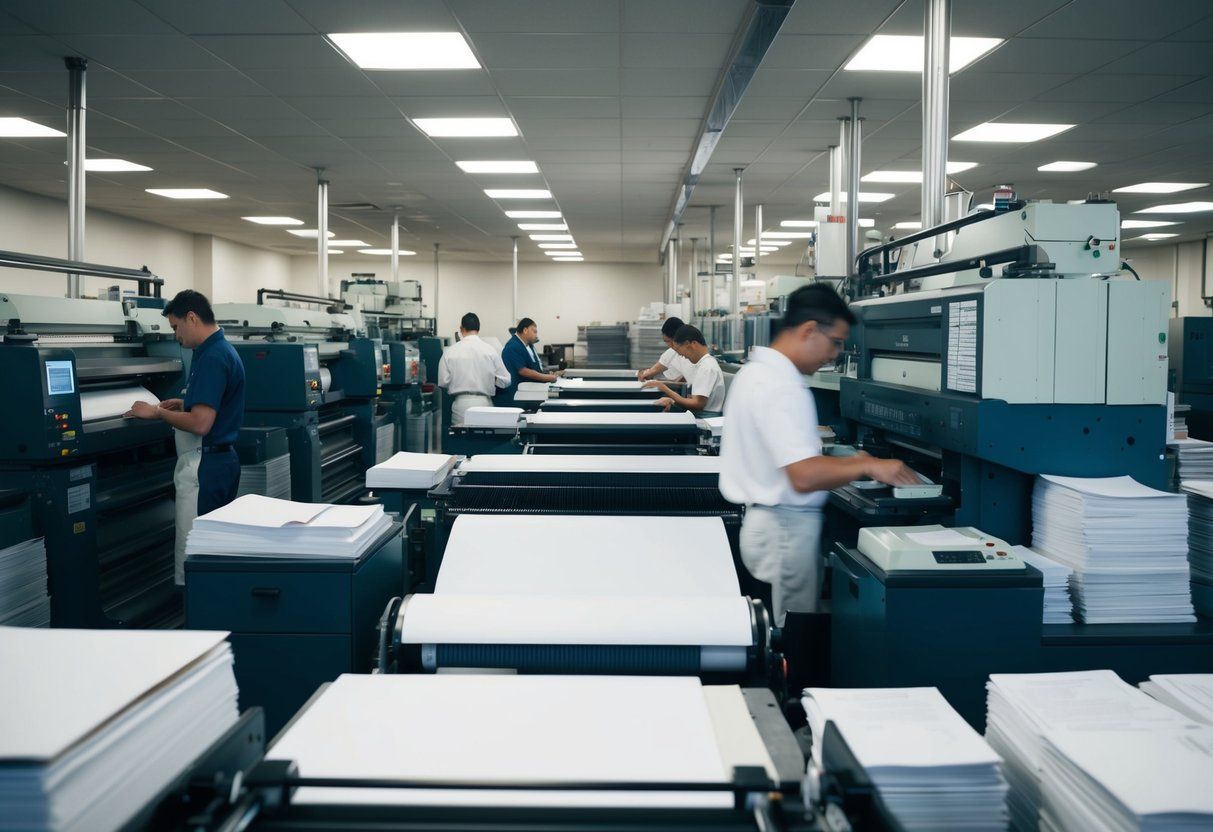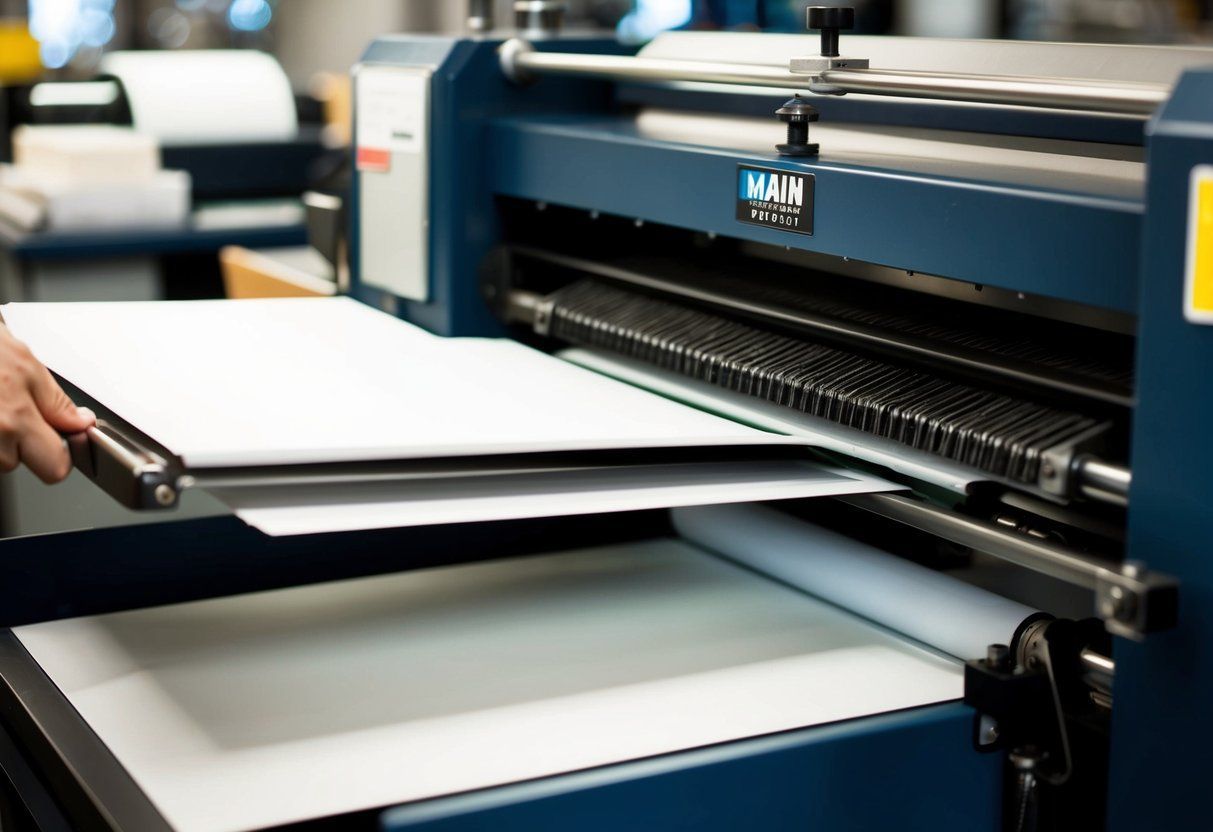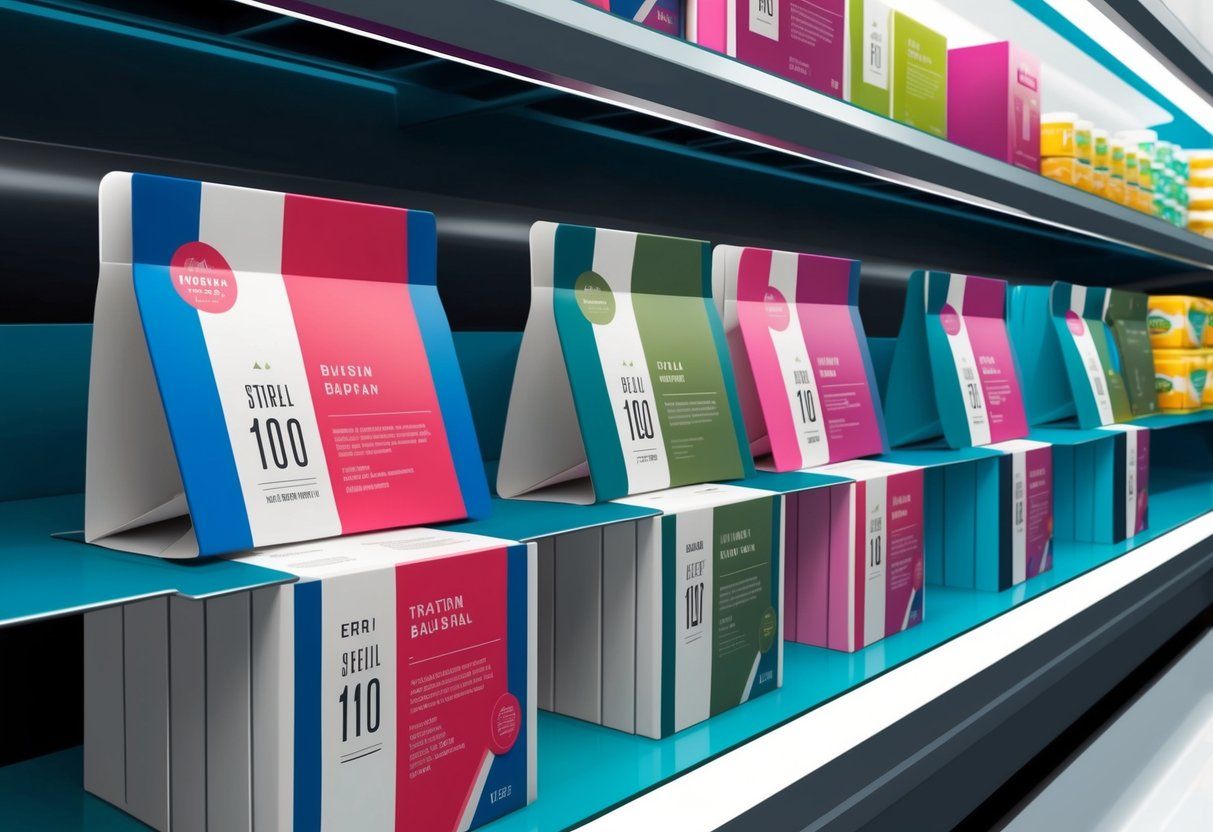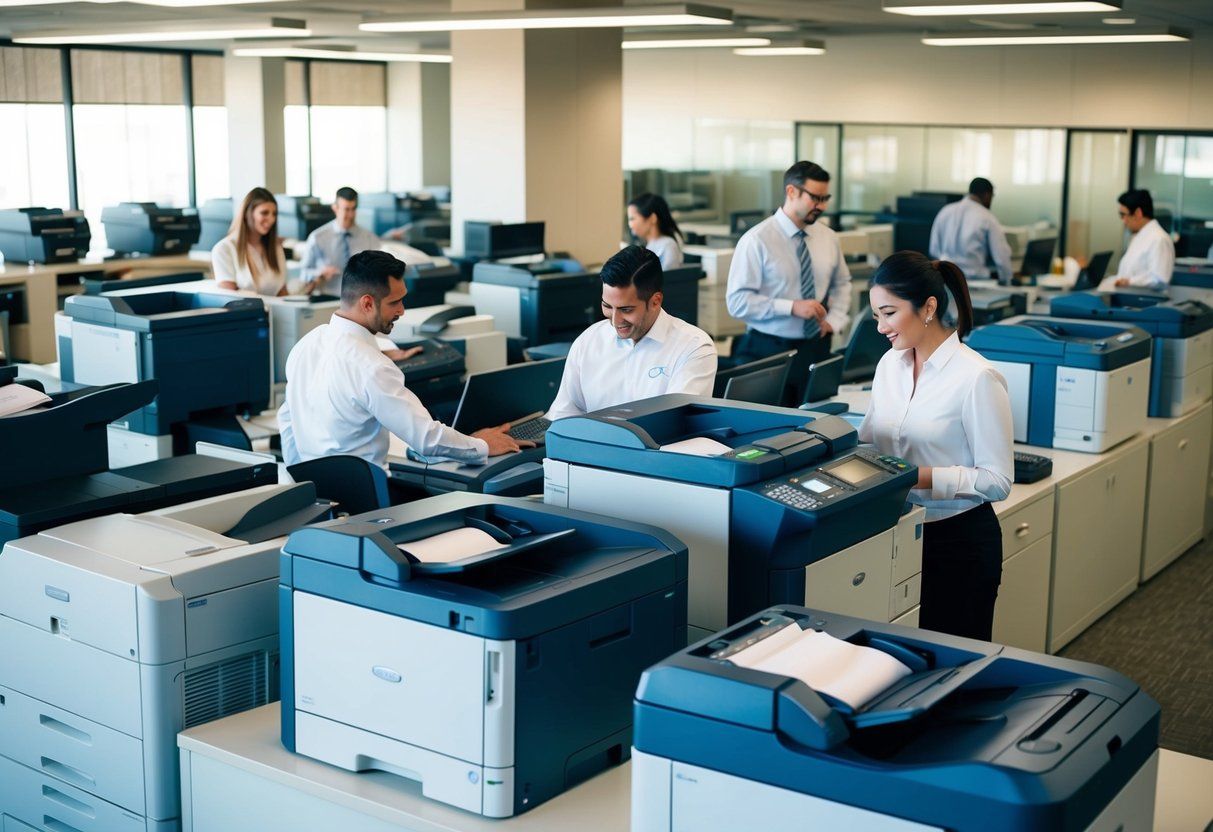The Ultimate Guide to Eco-Friendly Printing in 2024: Tips and Strategies for Sustainable Printing
The demand for eco-friendly printing has been on the rise in recent years, and it’s not hard to see why. With sustainability becoming a top priority for individuals and businesses alike, reducing environmental impact has become a crucial aspect of daily operations. As we enter 2024, the need for eco-friendly printing has never been more pressing.
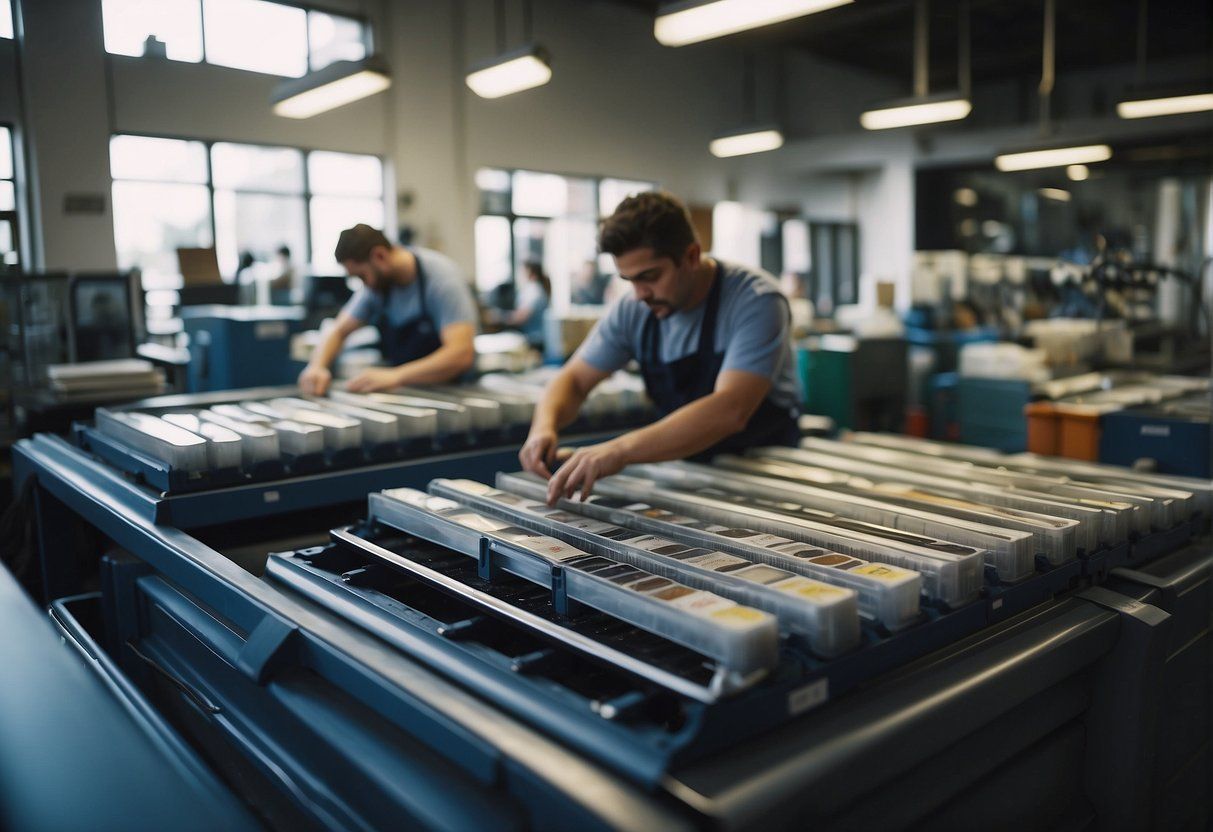
Fortunately, there are many options available for those looking to make their printing practices more sustainable. From using recycled paper and soy-based inks to implementing digital solutions, there are a variety of ways to reduce the environmental impact of printing. This guide will provide a comprehensive overview of eco-friendly printing in 2024, covering everything from the basics of sustainability to the latest innovations in the industry. Whether you’re a business owner looking to reduce your carbon footprint or an individual interested in making more sustainable choices, this guide will provide the information you need to make informed decisions.
Understanding Eco-Friendly Printing
Defining Sustainable Print
Eco-friendly printing, also known as sustainable printing, is a printing process that strives to minimize its environmental impact. This involves using materials and methods that are less harmful to the environment and reducing waste throughout the printing process.
Sustainable print involves using materials that are biodegradable, renewable, and recyclable. This includes using recycled paper, soy-based ink, and eco-friendly coatings. Additionally, sustainable print involves reducing the use of harmful chemicals and minimizing greenhouse gas emissions.
The Importance of Reducing Environmental Impact
Reducing the environmental footprint of printing is becoming increasingly important as the world becomes more aware of the impact of human activities on the environment. The printing industry is one of the largest contributors to greenhouse gas emissions and waste.
By adopting eco-friendly printing practices, businesses can reduce their impact on the environment and improve their reputation as responsible corporate citizens. Additionally, eco-friendly printing can also lead to cost savings by reducing waste and improving efficiency.
Overall, understanding eco-friendly printing is crucial for businesses and individuals who want to reduce their environmental impact. By adopting sustainable printing practices, we can create a more sustainable future for ourselves and future generations.
Innovative Printing Technologies and Materials
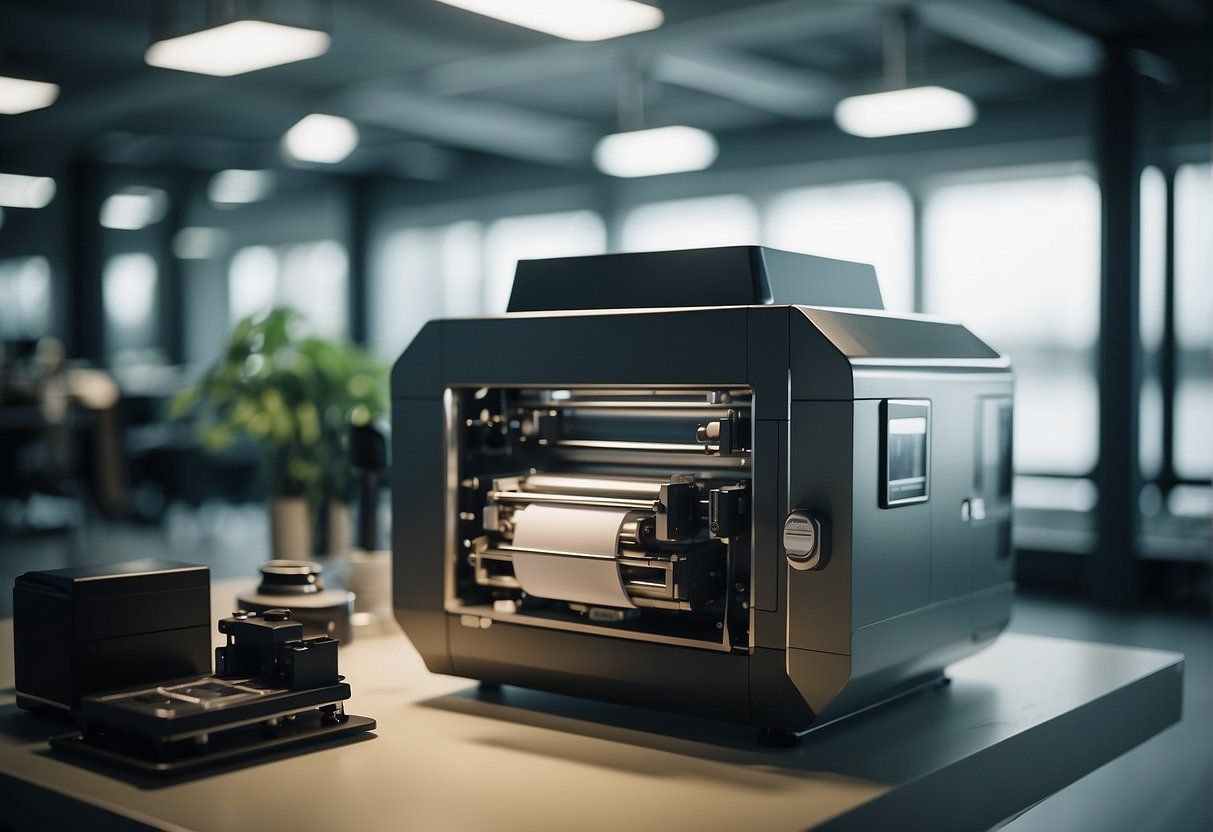
With the increasing demand for eco-friendly printing, innovative technologies and materials have emerged in the printing industry. These advancements have made it possible to produce high-quality prints while reducing the impact on the environment.
Advancements in Digital Printing
Digital printing has become a popular choice for eco-conscious consumers due to its low waste production and energy efficiency. Recent advancements in digital printing technology have made it possible to produce prints with higher resolution and color accuracy, while using less ink and energy.
Sustainable Inks and Toners
Traditional inks and toners contain harmful chemicals that can harm the environment. However, sustainable ink options such as vegetable-based inks have become more widely available. These inks are made from natural materials, making them biodegradable and eco-friendly.
Recycled and Biodegradable Paper Options
Using recycled paper is an effective way to reduce the environmental impact of printing. Recycled paper is made from post-consumer waste, reducing the need for new trees to be cut down. Biodegradable paper options are also available, which break down naturally and do not harm the environment.
Overall, innovative printing technologies and materials have made it possible to produce high-quality prints while reducing the impact on the environment. By using sustainable inks and toners, recycled paper, and digital printing technology, consumers can make a positive impact on the environment without sacrificing quality.
Eco-Friendly Printing Practices
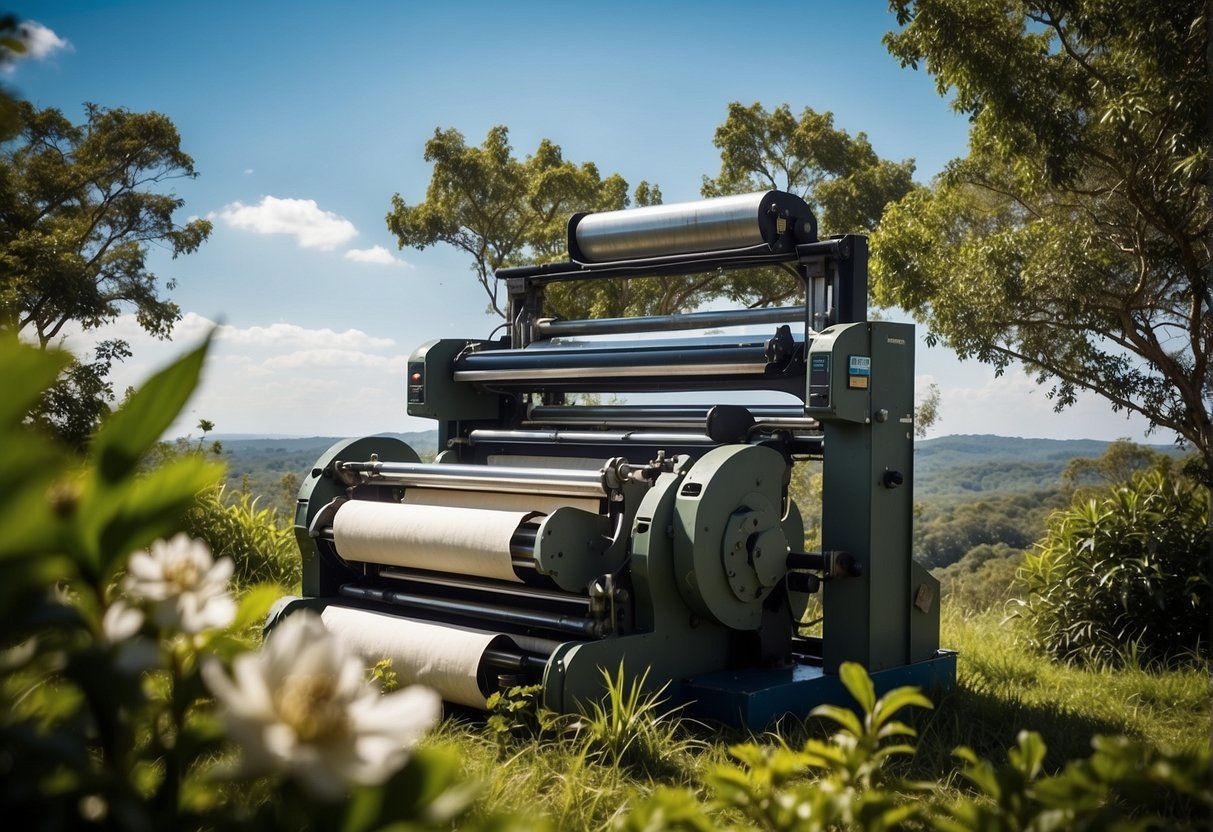
When it comes to eco-friendly printing practices, there are several things that businesses can do to reduce their environmental impact. Here are some of the most important practices to consider:
Energy Efficiency and Renewable Energy
One of the most important things that businesses can do to reduce their environmental impact is to focus on energy efficiency and renewable energy. This can include things like using energy-efficient printers and equipment, as well as investing in renewable energy sources like solar or wind power.
Waste Reduction and Recycling Programs
Another key area to focus on is waste reduction and recycling programs. This can include things like using recycled paper and other materials, as well as implementing recycling programs for used ink cartridges and other printer components.
Eco-Friendly Packaging Solutions
Finally, businesses can also focus on eco-friendly packaging solutions to reduce their environmental impact. This can include things like using biodegradable or compostable packaging materials, as well as minimizing the amount of packaging used overall.
By focusing on these eco-friendly printing practices, businesses can reduce their environmental impact while also saving money on energy and materials. Whether you’re a small business owner or a large corporation, there are always steps you can take to become more environmentally conscious in your printing practices.
Trends and Future of Sustainable Printing
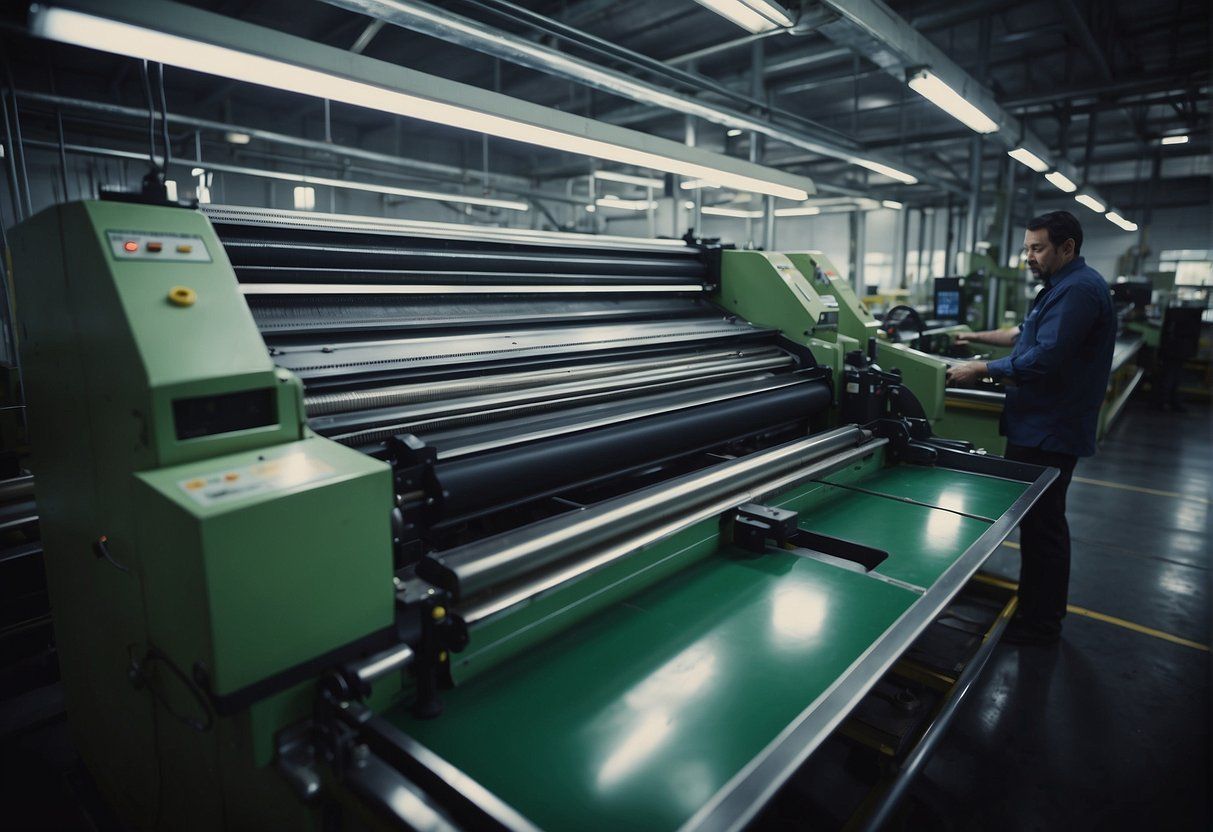
As the printing industry continues to evolve, the importance of eco-friendly printing options is becoming increasingly apparent. With an emphasis on sustainability and reducing environmental impact, the future of printing is looking greener than ever before.
Emerging Trends in Eco-Friendly Printing
One of the major trends in eco-friendly printing is the use of recycled materials. Many printing companies are now using recycled paper and ink cartridges to reduce their environmental impact. Additionally, some companies are exploring alternative materials such as bamboo, hemp, and even algae-based ink.
Another emerging trend is the use of 3D printing technology to create sustainable products. By using biodegradable materials, 3D printing can create products that are both functional and environmentally friendly.
The Role of Data Analytics and Augmented Reality
Data analytics and augmented reality are also playing a significant role in the future of sustainable printing. By analyzing data on printing practices, companies can identify areas where they can reduce waste and improve efficiency. Augmented reality can also be used to create virtual prototypes, reducing the need for physical prototypes and minimizing waste.
Overall, the future of sustainable printing looks promising. With the continued development of eco-friendly printing options and the integration of new technologies, the printing industry is poised to become more sustainable and environmentally friendly than ever before.
Implementing Sustainable Printing in Business
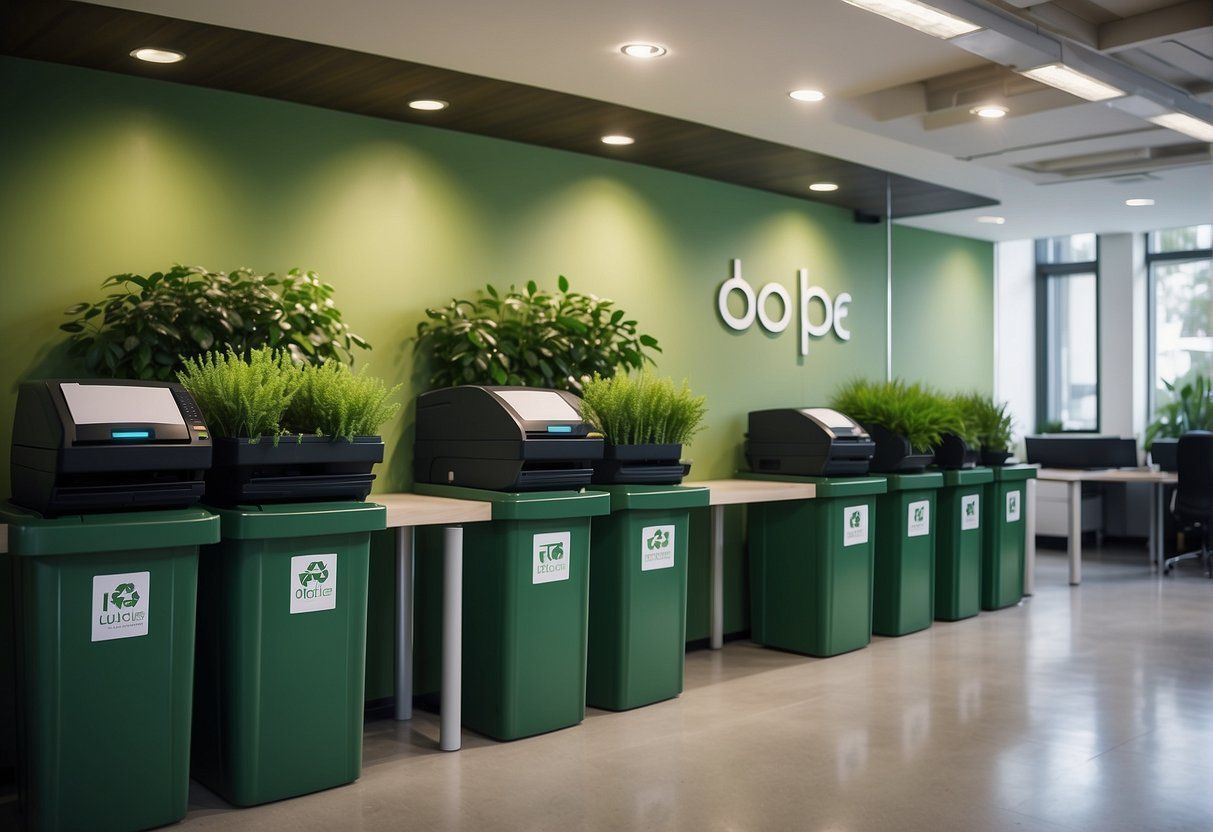
As the world becomes more environmentally conscious, businesses are increasingly looking for ways to reduce their carbon footprint. One area where companies can make a significant impact is in their printing practices. By implementing sustainable printing strategies, businesses can not only reduce their environmental impact but also save money in the long run.
Strategies for Businesses and Print Management
One of the most effective strategies for implementing sustainable printing in business is to work with a print management company. These companies specialize in optimizing print processes to reduce waste and improve efficiency. They can help businesses choose the most eco-friendly printers and paper, as well as implement digital workflows to reduce the need for printing altogether.
Another strategy is to use eco-friendly printers that are designed to minimize environmental impact. These printers use less energy and produce less waste than traditional printers, and many are made from recycled materials. In addition, businesses can choose to print on FSC-certified paper, which is sourced from responsibly managed forests.
To further reduce waste, businesses can also implement double-sided printing and use digital signatures instead of physical ones. They can also encourage employees to only print what is necessary and to recycle paper when it is no longer needed.
Certifications and Standards for Sustainability
Businesses can also look for certifications and standards that ensure their printing practices are sustainable. For example, the Forest Stewardship Council (FSC) certifies paper products that are sustainably sourced from responsibly managed forests. The FSC also offers certification for printers that meet their environmental standards.
Another certification to look for is the HP EcoSmart label, which is awarded to printers that meet strict energy efficiency and environmental performance criteria. By choosing printers with this label, businesses can be confident that they are making a sustainable choice.
In conclusion, implementing sustainable printing practices in business can have a significant impact on the environment and the bottom line. By working with print management companies, using eco-friendly printers and paper, and following certifications and standards, businesses can reduce their carbon footprint and save money in the process.
Frequently Asked Questions

What are the benefits of using algae ink for printing?
Algae ink is a sustainable and eco-friendly alternative to traditional ink. It is made from algae, which is a renewable resource that grows quickly and does not require harmful chemicals or pesticides. Algae ink is also biodegradable, meaning it breaks down naturally over time and does not harm the environment.
How does sustainable screen printing ink compare to traditional inks?
Sustainable screen printing ink is made from natural and organic materials, such as water-based pigments and soy-based resins. It is free from harmful chemicals and does not release volatile organic compounds (VOCs) into the air. Traditional inks, on the other hand, are often made from petroleum-based materials and contain toxic chemicals that can be harmful to both people and the environment.
Can LED UV printing be considered an eco-friendly alternative?
LED UV printing uses ultraviolet light to cure the ink, which reduces the amount of energy required for printing. It also produces less heat and emits fewer harmful chemicals than traditional printing methods. However, LED UV printing still requires the use of ink, which can contain harmful chemicals and is not always eco-friendly. It is important to choose eco-friendly inks when using LED UV printing.
Are water-based inks better for the environment than solvent-based inks?
Yes, water-based inks are generally considered to be better for the environment than solvent-based inks. Water-based inks are made from natural and organic materials and do not contain harmful chemicals or VOCs. Solvent-based inks, on the other hand, are made from petroleum-based materials and contain toxic chemicals that can be harmful to both people and the environment.
What are the advantages of soy-based ink over conventional inks?
Soy-based ink is made from soybeans, which are a renewable resource that is grown without the use of harmful pesticides or chemicals. Soy-based ink is also biodegradable and produces less harmful waste than conventional inks. In addition, soy-based ink is easier to remove from paper during the recycling process, making it a more sustainable option overall.
What non-toxic printer inks are available for safer home and office use?
There are several non-toxic printer inks available for safer home and office use, such as vegetable-based inks, soy-based inks, and water-based inks. These inks are made from natural and organic materials and do not contain harmful chemicals or VOCs. They are also biodegradable and produce less waste than conventional inks. It is important to choose eco-friendly inks for safer home and office printing.…

